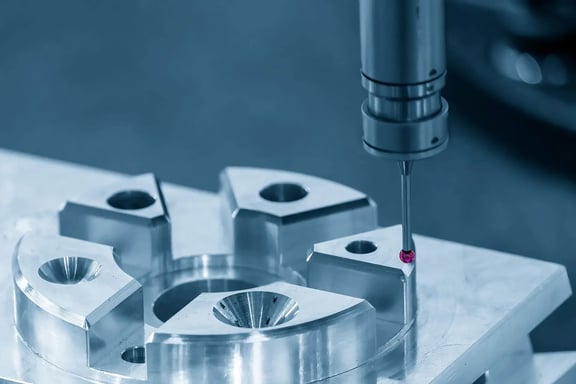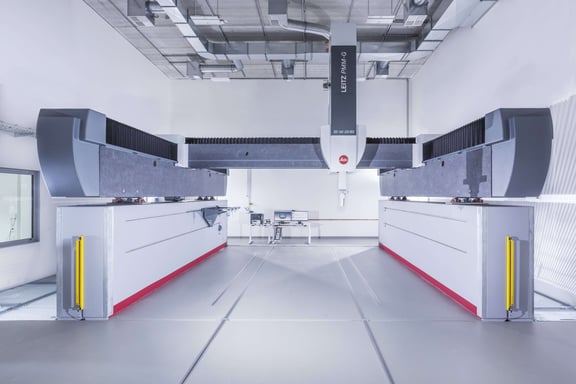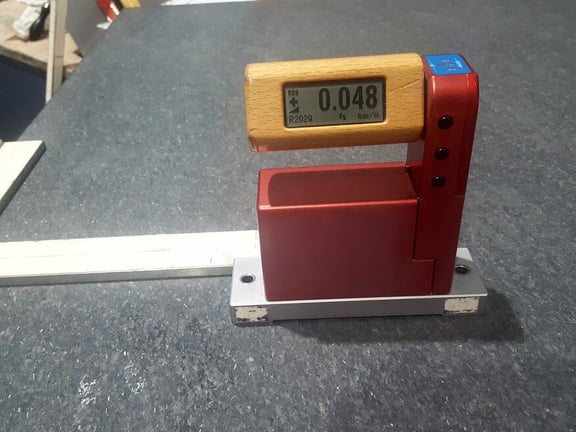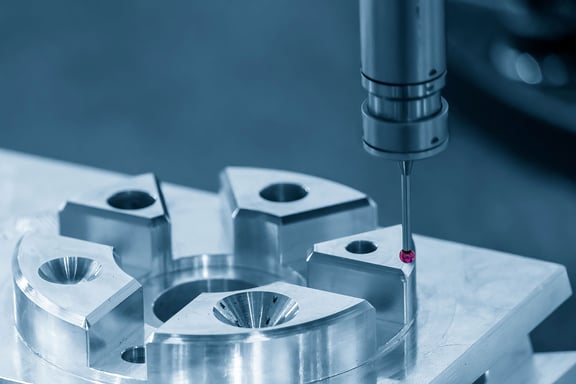
Precision granite for metrology
Experience in the manufacture of measuring and test stands as well as coordinate measuring machines shows that granite has clear advantages over conventional materials.
Our services
Why granite in measurement technology?
Measurement deviations must be minimised in order to achieve high measurement accuracy. The mechanical design is the factor that can be influenced most effectively and sustainably. The use of granite in metrology is one such factor to influence the design of CMMs. Granite has a lower coefficient of expansion compared to metallic materials (approx. 5 µm/m*K), and therefore a lower absolute expansion compared to these (e.g. steel α = 12 µm/m*K). Intrinsic stability, temperature resistance, vibration damping and guideway accuracy are the four properties that make granite the ideal material for coordinate measuring machines.


Measuring plates
The evenness of the surface is crucial

Precision granite in measurement technology
We will be happy to advise you individually.
Fill in the enquiry form now